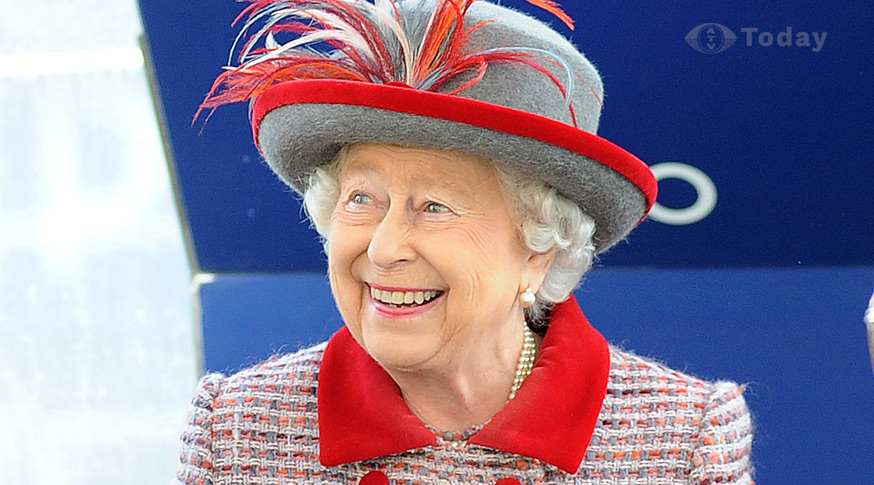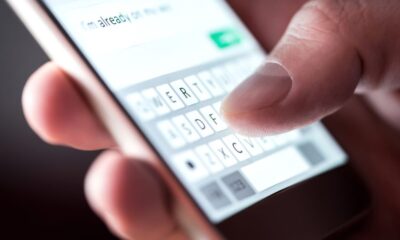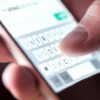Handbag: A Royal Signal System…
For decades, royal watchers were captivated by the late Queen Elizabeth II’s signature handbags—always impeccably matched, always by her side. But could these seemingly simple accessories have been more than just a fashion statement?
According to surveillance and security experts from Online Spy Shop, the Queen may have used her handbag as a discreet communication tool, signalling messages to her staff with subtle gestures.
From a swift switch between hands to a carefully timed placement on the table, royal insiders claim Her Majesty had an unspoken system to control engagements without uttering a word. As speculation swirls, could this covert messaging system be a glimpse into the discreet world of royal protocol—and even elite-level spycraft?
Royal insiders have long whispered about the Queen’s unspoken language. While she never publicly acknowledged these signals, former palace aides and historians have revealed the subtle cues embedded in her handbag movements:
- Switching Hands: If the Queen subtly moved her handbag from one hand to the other, it was a discreet indication that she was ready to move on from a conversation. This allowed her aides to intervene smoothly, ushering her to the next guest or engagement.
- Placing It on the Floor: An extremely rare move, but when it did happen, it reportedly signaled that the Queen was unhappy with a conversation and needed an urgent exit strategy.
- Setting It on the Table: If the Queen placed her handbag on the table at a formal dinner or event, it was a sign that she wanted the event to wrap up within the next five minutes.
- Twisting the Handle: A slight twist or play with the handle was a sign to her lady-in-waiting or security team that she was feeling uncomfortable or wanted assistance.
These subtle gestures allowed the Queen to maintain her regal grace while ensuring her time was managed with precision.
As the head of the British monarchy, Queen Elizabeth II attended thousands of engagements throughout her reign. She met with dignitaries, world leaders, and members of the public—many of whom she had never encountered before. Unlike politicians who can excuse themselves or change the subject, the Queen had to maintain diplomacy at all times. A verbal request to leave a conversation could appear rude, and direct eye signals could be misinterpreted.
This is where her handbag became an invaluable tool. By using a discreet system, she could send messages to her aides without drawing attention. Security and surveillance experts from Online Spy Shop explain that high-profile individuals often use non-verbal communication techniques to manage social interactions and even avoid potential security threats. Similar tactics are employed by world leaders, business executives, and celebrities to navigate complex social environments without breaking decorum.
The Queen’s handbag signaling system is just one example of how discreet communication operates within elite and high-security environments.
- Presidents & Politicians: Many world leaders use body language and coded gestures to signal security teams or aides when they need assistance. For example, during public speeches, some leaders employ specific hand movements to discreetly communicate with their staff.
- Corporate Executives: In high-stakes business meetings, executives may use subtle gestures—such as adjusting a tie or tapping a pen—to indicate discomfort or the need for a strategic shift.
- Secret Agents & Intelligence Operatives: Covert communication techniques have been a staple of espionage for centuries. Intelligence operatives use everything from coded signals to pre-arranged gestures to relay messages without detection.
While most people don’t have the need for a royal-level signalling system, understanding non-verbal communication can be incredibly useful in everyday life. Whether in business, politics, or social settings, the ability to convey messages subtly can be a valuable skill.
- Business Meetings: Learning to read and use non-verbal cues can help professionals navigate complex discussions, detect unspoken signals, and manage interactions smoothly.
- Personal Safety: Understanding how body language and coded signals work can help individuals identify when someone is uncomfortable or in distress.
- Social Situations: From networking events to casual gatherings, being able to subtly signal a need to leave a conversation or change the subject can be a powerful social tool.











